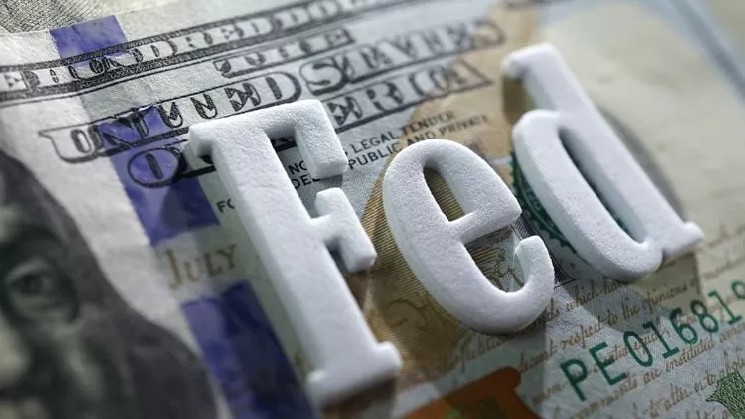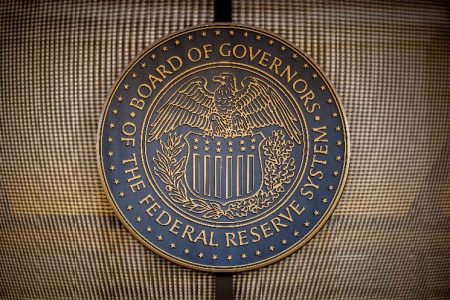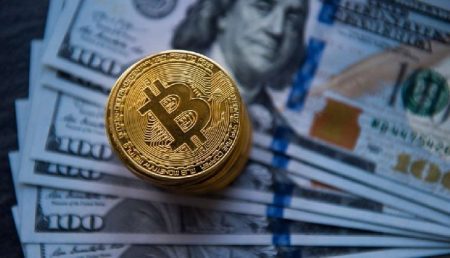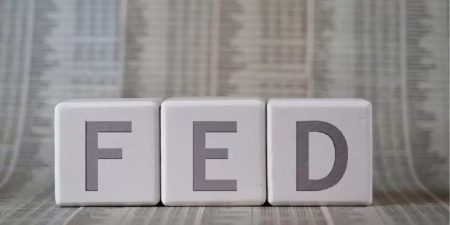Fed Rate Cut Probability Surges to 86.4% for September Meeting
Markets Increasingly Confident in Fed’s First Rate Cut as Decision Day Approaches
The probability of the Federal Reserve cutting interest rates at its September meeting has climbed significantly, reaching 86.4% according to the latest data from CME’s FedWatch Tool. This represents a dramatic shift in market expectations as the central bank’s decision day draws closer, with just 13.6% probability remaining that rates will hold steady at current levels. The upcoming meeting, now approximately 17 days away, could mark a pivotal turning point in U.S. monetary policy after an extended period of elevated interest rates aimed at combating inflation.
The anticipated move would likely be modest but meaningful. The federal funds rate target range currently stands at 4.25% to 4.50%, and market indicators suggest the most probable outcome is a 25 basis point reduction, which would adjust the target range to 4.00% to 4.25%. Notably, a more aggressive 50 basis point cut does not appear to be on the table, reflecting the Fed’s historically cautious approach to policy transitions. This measured expectation aligns with recent Fed communications signaling a preference for gradual adjustments rather than dramatic shifts that might introduce new economic uncertainties.
Market Sentiment Has Evolved Dramatically in Recent Weeks
The growing consensus around a September rate cut represents a significant evolution in market sentiment over recent weeks. Just one month ago, the probability of a rate cut stood at a much more modest 46.7%, with a 52.4% likelihood that rates would remain unchanged. Even a week ago, though expectations had already shifted substantially, the probability of a cut stood at 84.7% – still below current levels. This progressive increase in confidence reflects accumulating economic data and signals from Fed officials that have collectively reinforced the case for monetary easing.
Financial markets have now largely priced in this anticipated policy shift, with bond yields, equity valuations, and currency exchange rates all adjusting to reflect the high probability of lower borrowing costs in the near future. This market positioning creates its own form of pressure on the Federal Reserve, as any decision contrary to these expectations could trigger significant volatility across financial assets. The transition toward monetary easing comes after a prolonged campaign of interest rate increases that saw the Fed funds rate rise from near-zero levels to the current multi-year highs as officials battled persistent inflation.
Political Pressure Intensifies as Economic Stakes Rise
The Federal Reserve’s deliberations are occurring against a backdrop of mounting political pressure, particularly from U.S. President Donald Trump, who has been vocal in his criticism of Fed Chair Jerome Powell and the central bank’s interest rate policies. Trump has repeatedly called for lower interest rates to stimulate economic growth and has reportedly even contemplated whether Powell could be dismissed from his position. This political dimension adds a complicated layer to what is intended to be an independent monetary policy process driven by economic data rather than political considerations.
It’s worth noting that while Powell serves as the Federal Reserve’s public face, interest rate decisions are not made unilaterally. Policy changes require a vote within the Federal Open Market Committee (FOMC), which consists of the seven members of the Federal Reserve Board of Governors and five of the twelve Federal Reserve Bank presidents. This committee structure is designed specifically to distribute decision-making authority and protect the institution from undue influence from any single individual or political entity. Recent controversies have highlighted these tensions, including the dismissal of Fed member Lisa Cook by President Trump over alleged mortgage fraud concerns – a decision Cook has subsequently challenged through legal action.
Economic Indicators Provide Mixed Signals Ahead of Critical Decision
The case for a rate cut has been building through a complex mix of economic indicators. Recent employment reports have shown signs of cooling in the labor market, with job creation slowing and unemployment ticking upward – developments that suggest the economy may benefit from monetary stimulus. Meanwhile, inflation measures have gradually moderated from their peak levels, providing the Fed with increased flexibility to prioritize economic growth concerns without immediately risking a resurgence in price pressures.
However, the economic picture remains nuanced. Consumer spending has shown resilience, and certain sectors of the economy continue to demonstrate robust activity. This mixed landscape creates a challenging environment for policymakers weighing the appropriate timing and magnitude of interest rate adjustments. The September meeting will require careful balancing of competing concerns: the risk of acting too aggressively and potentially reigniting inflation versus the danger of waiting too long and allowing economic momentum to deteriorate further. The high probability of a rate cut suggests markets believe the scales have definitively tilted toward the latter concern.
Global Context and Forward Implications for Financial Markets
The Federal Reserve’s decision carries implications that extend far beyond U.S. borders. As the world’s most influential central bank, Fed policy ripples through global financial systems, affecting everything from emerging market debt to international trade flows. Other major central banks, including the European Central Bank and Bank of England, are navigating similar transitions from tight monetary policy toward potential easing, creating a complex global monetary landscape. A Fed rate cut could accelerate this international shift, potentially triggering a coordinated global easing cycle.
Looking ahead, market participants will be closely analyzing not just the September decision itself, but the accompanying statement, economic projections, and Chair Powell’s press conference for clues about the future trajectory of interest rates. The key question extends beyond this initial cut to how many additional reductions might follow and at what pace. Current market positioning suggests expectations for multiple cuts over the coming year, reflecting a belief that the Fed is embarking on a sustained easing cycle rather than merely implementing a one-time adjustment. As this monetary policy transition unfolds, it will continue reshaping investment strategies, lending practices, and economic planning across sectors. While this emerging consensus represents the current market view, investors should remain mindful that economic conditions can evolve rapidly, potentially altering the Fed’s calculus and decision-making in ways that markets have not fully anticipated.
This analysis reflects current market conditions and should not be construed as investment advice.













